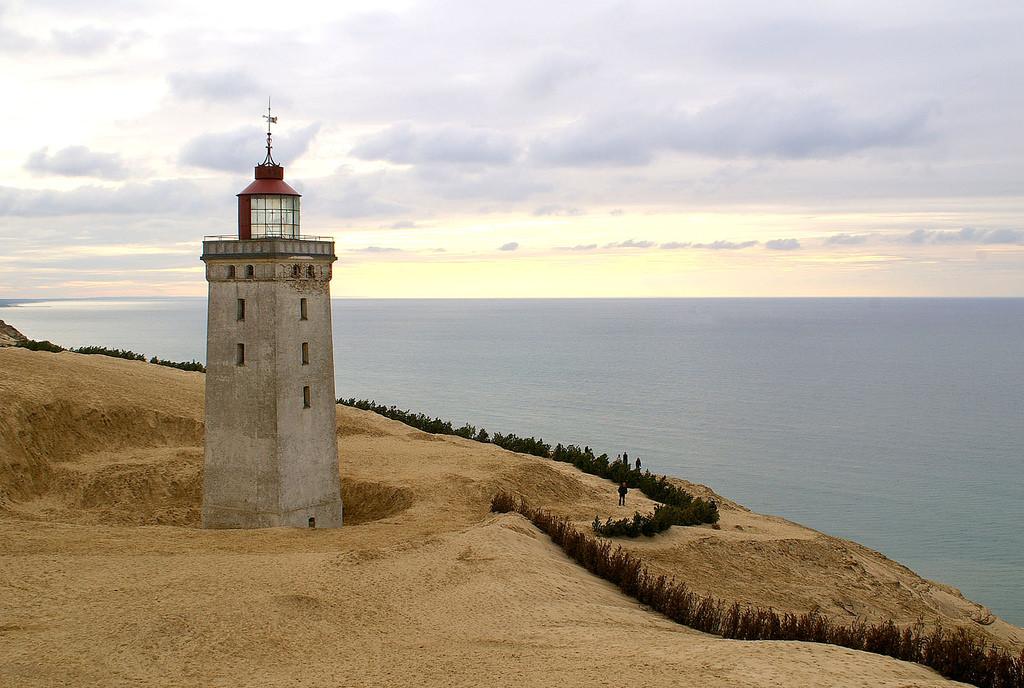Blog
Places to visit
Link copied to clipboard
Share
The sun of North Jutland
North Jutland is a region where we come across a great deal of evidence that a drop is boring the rock. Or - more appropriately to the situation - that the sand is boring the land. Slowly, slowly, it moves forward for years, relentlessly taking what it wants. Of course, people try to fight it by creating blockages of vegetation, but we can find more than one example that sand has won a lot by consistent action. The golden hero of our story is not very famous in the north of Denmark. It choked down the meadows and swallowed up many buildings, including churches. After Den Tilsandede Kirke (Church under the sand), only the tower remained, now serving as a vantage point. A similar fate befell the Rubjerg Knude lighthouse, the highest part of the cliff, in the immediate vicinity of Lønstrup. On the west coast, the Råbjerg Mile dune was born, an inquisitive creature that can travel about 15 meters a year. Someone who has come on vacation to Denmark for the second time may be really surprised by how quickly the landscape changes due to sand dune wandering. The area is covered with grass and sea buckthorn, among the sand there are also remnants of bunkers from World War II. The Danish painter and poet Holger Drachmann fell in love with the local landscape. He stole his heart so much that he wished to be buried here - while walking in the dunes they will come across his tomb.

